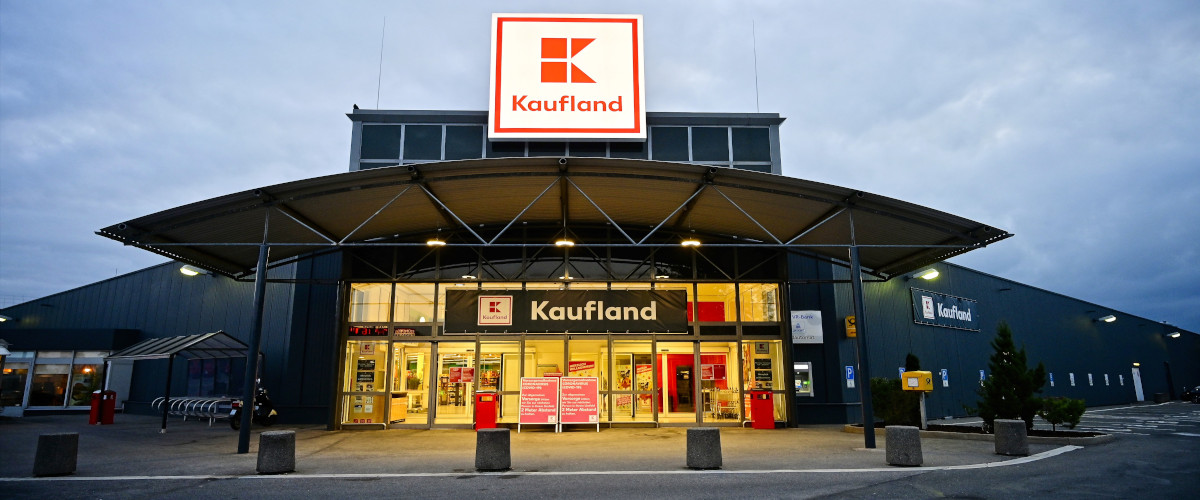Food anchors are considered the “winning format” of the pandemic. They have increased the perception of consumers and are currently an essential component of a successful retail mix for centers: Large-area food markets.
On March 31, ACROSS Retail Talks welcomed the following industry experts to discuss this topic in more detail:
- For the advisor’s perspective: Kathrin Andres from ambas real estate
- For the retailer’s perspective: Angelus Bernreuther from Kaufland
- For the developer and owner’s perspective: Markus Pinggera from Supernova
Moderator Klaus Striebich, Managing Director of RaRE Advise and a member of the ACROSS Advisory Board, led the discussion.
You can watch the uncut version of the latest ACROSS Retail Talks here:
The lively discussion panel was able to formulate the following take-aways on this industry-shaping topic:
- Collaboration: More than ever, real estate stakeholders must work together.
- Flexibility: Constant change is not only the key learning from the pandemic, but also the key strategy for the future.
- Food Anchor: Food has, and will have, an essential role in all shopping places.
The Leading Question
In the past, retail was about delivering goods and services at fixed rendezvous points. Today, retail tries to give solutions to daily needs and wishes of its customers. In the future, retail needs to communicate with the customer on all existing channels to create emotional connections and stimulate all senses. The question is: can all this be provided by food anchors?
The Retailer’s Perspective
If not realized in the past, the pandemic made it, sometimes impressively, obvious: Food anchors are indeed a winning format. When restaurants were closed and gastronomic offers were limited, people put their money in food retailer’s pockets. This shopping behavior is here to stay for a long time. “You more or less have no chance to lease out a retail park without a proper food retailer,” says Markus Pinggera. All retailers are asking for the food retailer: anchor tenant and closely linked with the contract. “If you lose the food retailer, you end up with a real problem.“
“The advantage of a food-anchored asset is that you have an anchor tenant with a long-lease term, with a steady income,” adds Kathrin Andres. “Also, if you have a food anchor in a shopping center this is a clear advantage, not only because of the lease term, but the stability of the cash flow.“ Nevertheless, Andres stated that, while retail parks need a food anchor, there are also good performing shopping centers without food retailers. Therefore, from her perspective, a food anchor is not a must-have for all shopping places.
But does the food retailer also need the shopping location? “It depends on the location,“ states Angelus Bernreuther. “When we look at retail parks the format with big boxes for food and non-food works very well.” But food retailers have different requirements than other retailers, he added. In terms of classical shopping centers, it becomes more complicated, especially if you have an existing asset. You have to deal with the ceiling height, size, the entire local situation, etc. “There, introducing a food retailer can become very difficult for all stakeholders.”
According to Markus Pinggerra, sizes are key for the future. Even though there is a continuous demand for food retailers, their sizes need to be discussed. Pinggera states, “Hypermarkets with 10,000 to 15,000 sq m are not profitable in the long run.“

The Costumer’s Perspective
How can food retailers meet the modern demands of a well-informed and critical customer? “We believe in physical retail,” states Angelus Bernreuther. “But we do not neglect digitalization.“ While spendings on food are still high, it is difficult and expensive to convert the same profit into the online world. “Digitalization is more than e-commerce, it is how we interact with the consumer.“ Therefore, key strategies to combine online and offline for Kaufland are:
- Strengthen the non-food e-commerce
- Strengthen loyalty programs (Kaufland-Card)
Markus Pinggera adds, for him as an operator and owner, the more important tasks are: flexibility regarding sizes of shopping spaces, tenants’ expenses, and the right tenant mix. In many cases, the pandemic led to insolvencies because these tasks were not fulfilled. “We have to serve our tenants and our customers,” says Markus Pinggera. “This is linked with a thoughtfully selected tenant mix.”
The Lease Perspective
“The good thing about a food anchor is that it brings a long-lease length,” states Kathrin Andres. In the current market, it is very hard to get a lease longer than five years with non-food-retailers. “So, the mix of both retailer groups brings stability to the asset.“
We have more exciting discussions in our pipeline so follow us on social media to never miss the next ACROSS Retail Talks!







